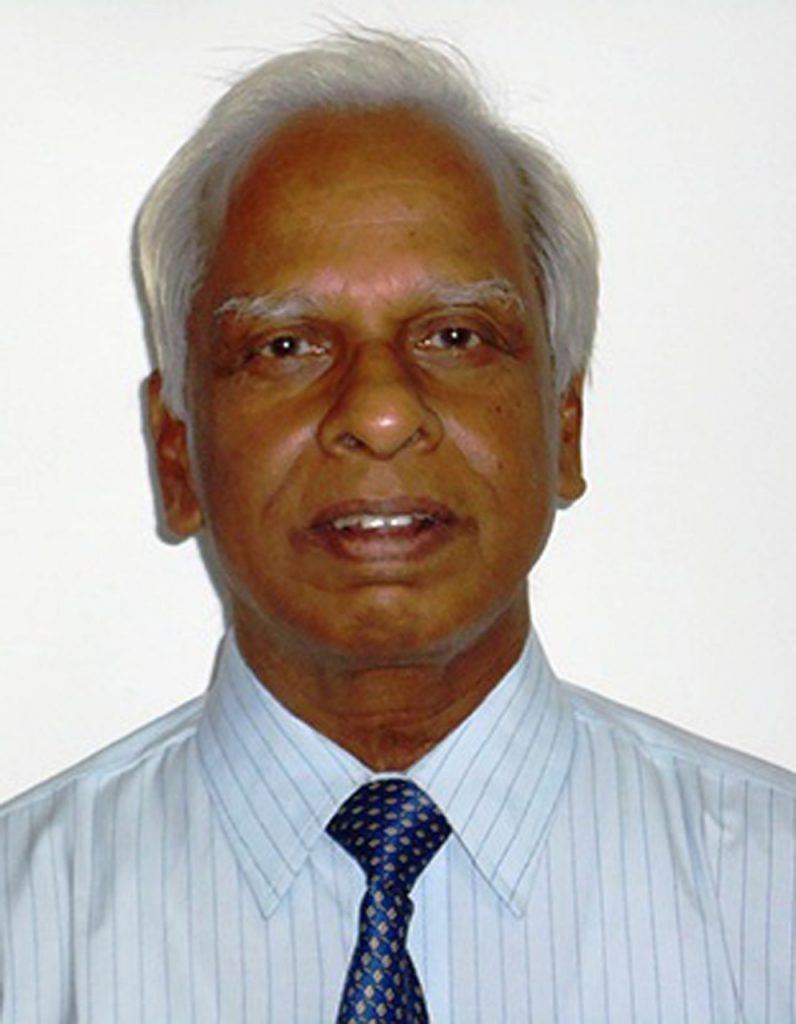It is generally believed that colourful and aesthetically appealing language is to be found in literary works and that the day-to-day language is flat, flavourless and dull. Now, it is common knowledge that what is believed to be correct may sometimes turn out to be incorrect on careful scrutiny. Aristotle seems to have said that women have fewer teeth than men and going by Bertrand Russell, he had never thought of counting the teeth of any of his wives to see whether what he had taken as a fact was indeed so. Had he done that, he would have found that what he had taken for granted was not correct. The case with colourful language is no different.
When we were B.A. students in Ravenshaw College, one morning my good friend Dayanidhi told me that he would be able to eat thirty pieces of idli with chutney and sambar at the well-known South Indian Hotel (SIH)for his pre-breakfast and go for his full man meal at 9 AM. I challenged him and told him that if he did, I would give him five rupees, a princely sum for college students in 1960s. Most calmly he told me that he wouldn’t take the challenge because I was his close friend and he knew I was from a poor background. “I do not want you to pay for fifteen plates of idli and then five rupees to me.”, he said, and then what is added is what I still remember after six decades: sani dasa boli kichi nahi. Emiti dayitwahina kama hi sani dasa. (There is nothing like sani dasa. There is no graha that troubles you. Your thoughtless act is your undoing. That’s what sani dasa is all about.) If this is not a reason-based evaluation of a traditional belief, what is? And he said it all in such asimple and graceful language, in such a light-heartedmanner and so spontaneously! One just can’t miss the elegance of the expression, the humour and the wit.
I recall a conversation between a Suara (seller of mahaprasad) and a customer in Ananda Bazar in Puri Temple. That was more than five decades ago. The customer wanted the seller to reduce the price of the anna (rice). “kichi kam kara (reduce the price)”, he told him. Pat came the poker-faced Suara’s reply: “kana ta kam karidebi – anna ta na daam ta (what shall I reduce: the (quantity of) rice or the price?” – a response that was sharp, ironical and witty!
Sitting in his lovely lawn and sipping his tea in a lovely late afternoon, a friend at IIT Kanpurtold me, “mujhe hoi buddu nehi bana sakta”, and added after another sip, “kyunki me buddu hun.”The content was in the first part of his answer. The second part was for fun. He was enjoying himself and was trying to entertain me. You enjoy yourself with a sweet; you enjoy yourself with a nice word too!

A friend dislikes to be photographed because he thinks that his photos don’t do justice to his looks. Once, when he told someone who wanted to take his picture that he didn’t look good in a photograph, for which reason he wouldn’t like her to take his picture, this is the response he got: apanka bayasare apana kana kandarpa pari dishante (at your age – by the way, he was seventy-five then – you think you’d look like Kandarpa – the handsomest divine)? The soft, somewhat censorious tone and the mild satire make this spontaneous response quite effective. And something to relish too!
In a telephonic conversation the other day I asked a young housewife from Odisha who lives in Bangalore whether it was true that a sweetshop had just opened in her locality which sold high quality rasagolas and some other typically Odia sweets. She said she had been there but she didn’t buy anything. “mu mo kidni e parjyanta bikini (I haven’t sold my kidney yet)” was what she said promptly.A response to savour- both for its wit and its spontaneity.
Those who are interested in football surely know that the great Cristiano Ronaldo was a bit boastful when he was young, whereas Lionel Messi, his much distinguishedrival for the football GOAT (Greatest of all time) status, was and has always been modest. There’s a little talk about them. It has more than one version. This is one: once Ronaldo told a journalist, “God sent me to Earth to teach people how to play soccer.” When Messi was told about it, he said,” I don’t remember to have sent him.” If this repartee isn’t artful, where is art to be found?
Now, after these, would you say that delightful and aesthetically satisfying expressions are to be found in literary works alone? By the way, the examples above are not exceptions; people talk like that in their day-to-day exchanges. One must not be biased against the day-to-day language and must one’s ears open to enjoy the linguistically fascinating world around him.
Not just the creative writers, every human is linguistically creative, as the day-to-day use of language shows. Producing language and understanding language constitute our use of language. Neither is mechanical. The Suara in our example could have told his customer directly that he would not reduce the price. The Odia housewife could have told me that the sweets in the new sweet shop are unreasonably and forbiddingly expensive. The photographer girl could have told my friend that at that age, he should not expect to look attractive and that a photo could not alter reality. But all of them chose to speak indirectly. This choice itself is a non-mechanical and creative act, and also creative was the expression each used.
Now, understanding the meaning of what one hears is no straightforward mechanical act. Had it been so, the hearer would have understood the “kidney selling” utterance as the person not having her kidney sold till then. He would have missed the snub in Messi’s response and the gentle and fond chiding in the “photograph” utterance. In each of the interactions mentioned here, the hearer somehow understands that the speaker did not mean to say what his words said. There were nuances and underlying meanings. He makes an effort to find them and succeeds very often. He uses his knowledge of the world and applies common sense reasoning to make sense of what the speaker had said. This is a complex task and involves a non-mechanical process. If you don’t believe me, try and write an NLU (Natural Language Understanding) programme for the machine to yield this meaning of the relevant utterance.
We must not fail to recognize the linguistic creativity of the ordinary language user and we must not miss the charm of the day-to-day language. I beg to submit for your consideration that people are far more creative than we think they are. And I have restricted myself to their use of language alone.
(The views expressed are the writer’s own)

Prof. B.N.Patnaik
Retd. Professor of Linguistics and English, IIT Kanpur
Email: [email protected]
(Images from the net)

